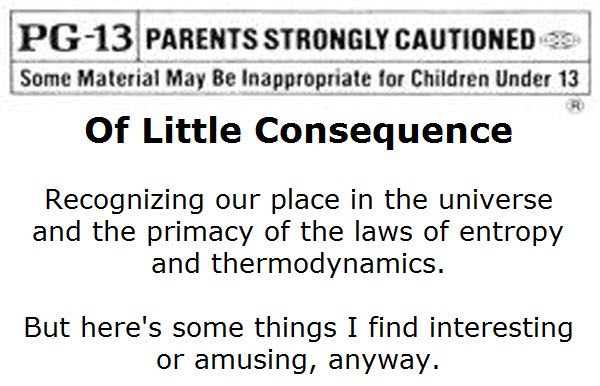Taken by the spacecraft Voyager I in 1990,at a distance of 3,781,782,502 (almost 4 billion miles) from where it was launched. it shows our planet Earth -- "The Pale Blue Dot" as never seen before. The photo almost never happened -- it was not in NASA's approved activities, and it took a long series of ever-increasingly-public requests from the USA's most 'notable' writer on Astronomy -- Carl Sagan -- to finally convince NASA to try. NASA was worried that pointing Voyager I's narrow-field camera back toward the Earth (and the Sun) might damage it's sensors; but in the end, the photo was made.
Details:
The picture was taken using a narrow-angle camera at 32° above the ecliptic and it was created using blue, green, and violet filters. Narrow-angle cameras, as opposed to wide-angle cameras, are equipped to photograph specific details in an area of interest. The light band over Earth is an artifact of sunlight scattering in the camera's optics, resulting from the small angle between the Earth and the Sun. Earth takes up less than a single pixel—NASA says "only 0.12 pixel in size."
That's it -- that's us.
Voyager I and its companion Voyager II continue on into interstellar space, and after 33 years, are still sending back data.
http://voyager.jpl.nasa.gov/
Here is a comment from Sagan's book "Pale Blue Dot", Random House, 1994.
https://planetary.org/bluedot_poster.html
From this distant vantage point, the Earth might not seem of particular interest. But for us, it's different. Look again at that dot. That's here, that's home, that's us. On it everyone you love, everyone you know, everyone you ever heard of, every human being who ever was, lived out their lives. The aggregate of our joy and suffering, thousands of confident religions, ideologies, and economic doctrines, every hunter and forager, every hero and coward, every creator and destroyer of civilization, every king and peasant, every young couple in love, every mother and father, hopeful child, inventor and explorer, every teacher of morals, every corrupt politician, every "superstar," every "supreme leader," every saint and sinner in the history of our species lived there – on a mote of dust suspended in a sunbeam.
The Earth is a very small stage in a vast cosmic arena. Think of the rivers of blood spilled by all those generals and emperors so that, in glory and triumph, they could become the momentary masters of a fraction of a dot. Think of the endless cruelties visited by the inhabitants of one corner of this pixel on the scarcely distinguishable inhabitants of some other corner, how frequent their misunderstandings, how eager they are to kill one another, how fervent their hatreds.
Our posturings, our imagined self-importance, the delusion that we have some privileged position in the Universe, are challenged by this point of pale light. Our planet is a lonely speck in the great enveloping cosmic dark. In our obscurity, in all this vastness, there is no hint that help will come from elsewhere to save us from ourselves.
The Earth is the only world known so far to harbor life. There is nowhere else, at least in the near future, to which our species could migrate. Visit, yes. Settle, not yet. Like it or not, for the moment the Earth is where we make our stand.
It has been said that astronomy is a humbling and character-building experience. There is perhaps no better demonstration of the folly of human conceits than this distant image of our tiny world. To me, it underscores our responsibility to deal more kindly with one another, and to preserve and cherish the pale blue dot, the only home we've ever known."
Double click the image to enlarge, and see our entire planet , as the 'pale blue dot' in the upper band. The colored bands are artifacts of the multi-color-filtered imaging process.
A reproduction of this photo appears in NASA's public-viewing and movie gallery. The photo needs to be replaced several times a year, because it "wears out". So many people want to go up to it, and touch the "Pale Blue Dot" for themselves...



No comments:
Post a Comment